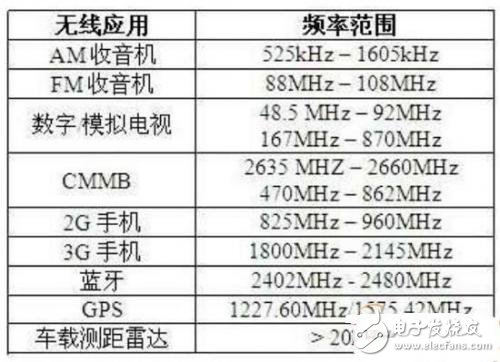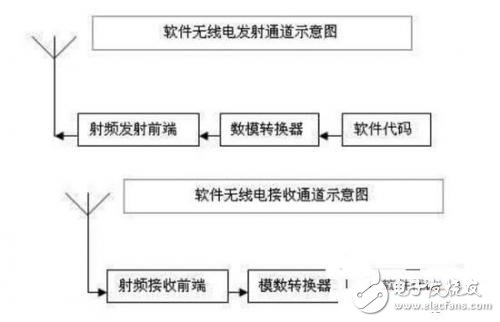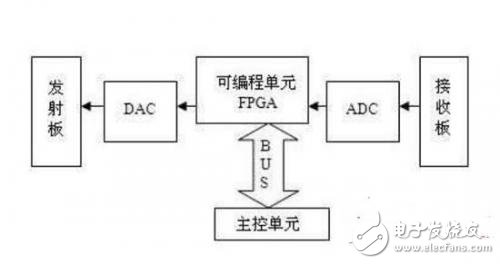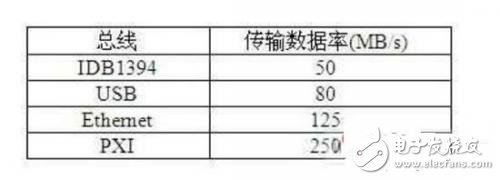In recent years, wireless applications have developed rapidly and extensively. There is no doubt that wireless devices bring great convenience to our lives and work. For example, mobile phones enable us to conduct conversations anytime, anywhere, greatly improving the efficiency of communication. Correspondingly, more and more wireless technologies are innovatively integrated into automotive applications, making driving a comfortable living experience. The table below lists the current common automotive wireless applications.
These do not include infrared wireless applications, remote keys, etc., plus wireless networks and 4G communication networks that will definitely be integrated into the car in the future. Automotive-related wireless systems will cover a considerable range. However, wireless applications must not only be applied to the relevant frequencies, but also to the specified modulation algorithms. Therefore, existing in-vehicle wireless applications are implemented using separate hardware and software modules. For example, the universal solution is to use a radio module for radio and demodulation, and then interact with the main processor through a special communication protocol (such as I2C) and display it on the human-machine interface.

Independent hardware and software modules usually mean simple software design and lower hardware costs. But it also has its weaknesses: changes to hardware modules usually mean larger system changes. For example, if the radio is to be added with the RDS function, it is generally necessary to re-select the new radio module, redesign the system interface to adapt to the new radio module, and redesign the software to accommodate the RDS function.
In-vehicle wireless applications involve numerous independent hardware modules and rapidly evolving new technologies, while changing hardware modules and modifying software modules can lead to lagging time-to-market and higher design costs. Software radio is a booming field, and the following article will discuss the introduction of software radio modules in in-vehicle systems.
Introduction to Software Radio
Traditional radio applications rely on analog circuits. The purpose of software radio is to turn the hardware problem in the radio field into a software problem. The basic idea is to use software to demodulate the received electromagnetic waves and control the emitted electromagnetic waves with software. The basic framework of software radio is shown below.

As can be seen from the block diagram, the analog-to-digital converter is a bridge between continuous analog signals and discrete digital signals, while software can control digital signals. Application software code efficiently analyzes and properly controls digital signals. Software radio can, in principle, implement all applications of traditional radios and have the flexibility that traditional radios do not have – software code can actually be adjusted in real time according to user needs. That is to say, using the same piece of hardware, software radio software can accomplish the task that traditional radio requires multiple pieces of hardware to complete, such as receiving both FM and TV signals.
Car software radio
It is time to consider the use of software radios to replace traditional radio applications in automobiles. To implement this solution, you first need to design a general software radio module. This module should contain the modules in the diagram, but also have better flexibility, and finally must have a high-speed interface to communicate with external devices. The figure below gives a simple schematic example.

Among them, DAC is a digital-to-analog converter, ADC is an analog-to-digital converter, and BUS is a programmable interface.
Second, take a look at the FPGA as a programmable unit. After the main control unit has configured the FPGA through the programmable interface, the FPGA will work according to our pre-designed program. In the field of software radio, taking reception as an example, the task performed by the FPGA includes converting the ADC data into the baseband data according to the frequency segment specified by the main control unit, that is, the so-called digital downlink conversion. This conversion used to consume system resources. With the improvement of hardware processing capabilities and the updating of software algorithms, the uplink and downlink conversion in the radio field can basically be completed in real time. Both Xilinx and Altera offer high-performance FPGAs that are fully capable of doing the above.
Secondly, the digitized downlink converted data is transmitted to the main control unit through the programmable interface. The traffic of this data will vary greatly depending on the application and the digital downstream conversion algorithm. The typical data rate is tens of megabytes per second. This speed can be adapted to the wireless systems commonly used in cars, and the universal interface that meets this data rate can be selected:

In general, the USB bus is a good choice: simple and easy to get.
Specification:
Product Mode:Vidge Max
Puffs:2000Puffs
Oil Capacity: 5.0ml E-Liquid
Battery: 950mAh
Flavor Numbers: 10
Packing Size: 10pcs/box
Salt Nic: 6%
Advantages
Get fully best services from one order to next order.
Support OEM you own Logo.
24 hours online service(Working day) with fast reply.
Support replacement if got bad goods.
Multiple payment methods.
Vidge,Good Looking Colorful E-Cigarette,Cartoon Design E-Cigarette,Dazzle Light Glowing E-Cigarette,Rechargeable Disposable Vape
Shenzhen Ousida Technology Co., Ltd , https://www.osdvape.com
